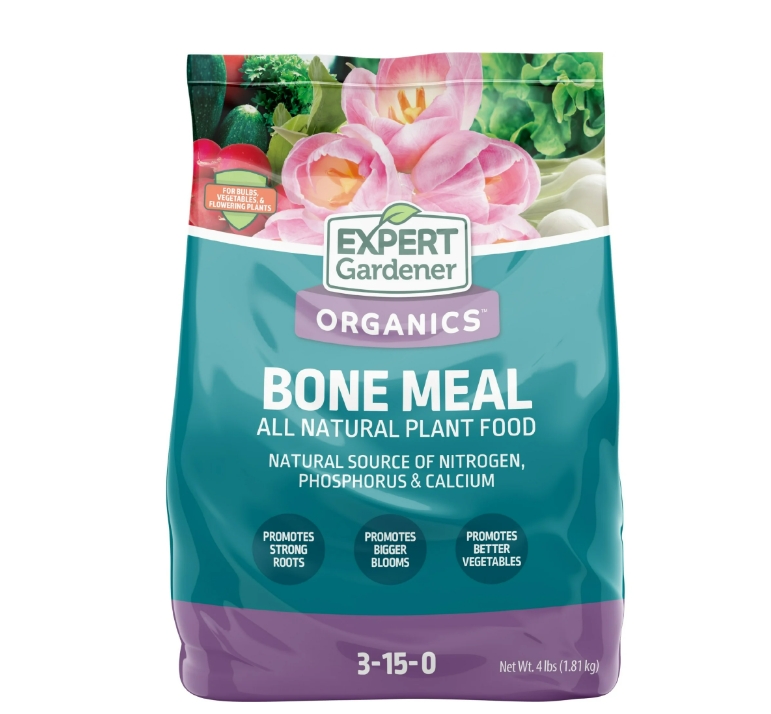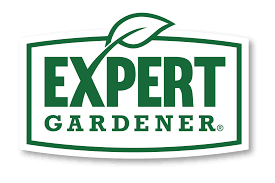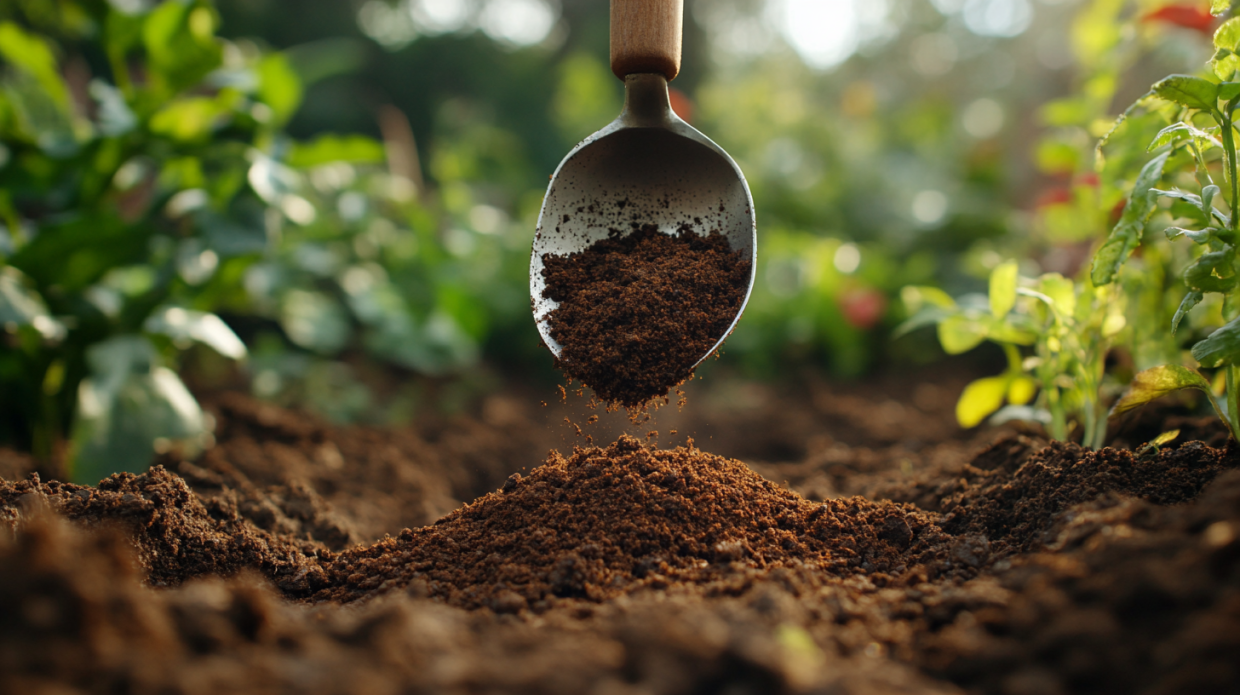
Expert Gardener Bone Meal Plant Food, 3-15-0 Fertilizer, 4 lb.
- Expert Gardener Bone Meal is an all natural source of organic nitrogen and phosphorus
- This Organic Plant Food is recommended for Bulbs, as we all rooting vegetables
- Contains no additives or fillers
- Natural Slow Release fertilizer
- 3-15-0 NPK Fertilizer
- 4 lb. bag
- Model #100550510
- Condition: New
$8.47
There’s something deeply satisfying about digging your hands into rich soil and watching your garden transform from tiny seedlings into a lush paradise. As someone who’s spent countless hours perfecting my garden beds, I’ve come to appreciate that exceptional gardens begin with exceptional soil. Among my most trusted allies in creating this foundation has been bone meal—specifically, Expert Gardener Bone Meal. This unassuming powder has revolutionized my gardening practice, and today I’m sharing everything I’ve learned about this gardening powerhouse.
When I first heard about bone meal years ago, I was skeptical. Could crushed animal bones really make that much difference? Several thriving gardens later, I can confidently say: absolutely yes. The secret to spectacular blooms and abundant harvests lies in providing your plants with the right nutrients at the right time—and bone meal delivers exactly what many plants crave.
Let me walk you through my journey with Expert Gardener Bone Meal—what it is, how to use it effectively, and why it might just become your garden’s new best friend.
What Exactly Is Expert Gardener Bone Meal?
Before diving into application techniques, let’s understand what we’re working with. Expert Gardener Bone Meal is an organic fertilizer made from finely ground animal bones—typically cattle bones—that have been steamed and processed. This process preserves the bones’ natural nutrients while eliminating pathogens and creating a product that’s safe for garden use.
The first time I opened a bag, I was surprised by its texture—a fine, slightly gritty powder with a mild, earthy scent. Nothing offensive or chemical-like, just a subtle reminder of its natural origins. This subtlety extends to how it works too; bone meal isn’t a quick-fix fertilizer but rather a slow-release nutrient source that steadily nourishes plants over time.
What makes Expert Gardener Bone Meal particularly valuable is its impressive nutrient profile. It’s primarily known for being phosphorus-rich, with typical NPK (nitrogen-phosphorus-potassium) ratios around 3-15-0. This phosphorus concentration makes it exceptional for root development and flowering—something I’ve witnessed firsthand in my tulip beds, which have never been more vibrant since I incorporated bone meal into my annual planting routine.
Beyond phosphorus, bone meal also contains calcium, another crucial nutrient that strengthens cell walls and improves overall plant health. I’ve found this especially beneficial for my tomatoes, which used to suffer from blossom end rot before I started my bone meal regimen.
The Benefits That Transformed My Garden
When I first integrated Expert Gardener Bone Meal into my gardening practice, the changes weren’t immediate—and that’s precisely its magic. Unlike synthetic fertilizers that create a dramatic but short-lived surge in growth, bone meal works gradually, building stronger plants from the roots up.
The most striking benefit I’ve observed is substantially improved root development. My transplants now establish themselves much faster, developing robust root systems that anchor plants securely and access deeper water reserves during dry spells. Last summer’s drought tested many gardens in my neighborhood, but my perennial beds remained surprisingly resilient thanks to their well-developed root systems.
Flowering has been another area where bone meal has truly shined. My roses, which were previously adequate but unremarkable, now produce abundant, larger blooms with more vibrant colors. The phosphorus in bone meal is particularly important during the flowering stage, when plants redirect energy toward reproduction. The difference has been so noticeable that several neighbors have asked for my “secret”—sometimes the oldest gardening wisdom proves the most effective!
Perhaps most importantly, bone meal has helped improve my soil’s overall structure and health. After several seasons of regular application, my formerly clay-heavy garden now retains moisture better while still draining adequately during heavy rains. The slow-release nature of bone meal means nutrients become available gradually, feeding beneficial soil microorganisms and creating a more balanced growing environment.
Proper Application: The Expert Approach
Over years of experimentation, I’ve refined my bone meal application technique to maximize benefits while avoiding common pitfalls. Here’s my step-by-step process:
For New Plantings:
When preparing new beds or planting bulbs, I mix bone meal directly into the soil before planting. For bulbs, I add about a tablespoon to each planting hole, mixing it with the soil at the bottom so roots will grow into it but not directly contact it. For new perennial or shrub plantings, I work about 2-3 tablespoons into the planting hole soil.
I learned this technique after making the rookie mistake of simply sprinkling bone meal on top of the soil—where much of it washed away during the first heavy rain. Incorporating it into the soil ensures it stays where plants can access it.
For Established Plants:
For existing plants, I carefully work bone meal into the top 2-3 inches of soil around the drip line (the outer edge of the plant’s foliage where water drips off). I use approximately 1 pound per 10 square feet of garden area for general application, being careful not to disturb shallow roots.
One spring, I damaged some of my shallow-rooted azalea roots by digging too aggressively when applying bone meal. Now I use a gentle approach, lightly scratching the surface with a hand cultivator rather than digging deeply around established plants.
Application Timing:
I’ve found timing to be crucial for maximizing bone meal’s benefits. My primary applications occur in early spring as plants begin active growth and again in fall as perennials prepare for dormancy. For flowering plants and vegetables, I sometimes add a mid-season application just before or during the flowering stage to support bloom development.
Fall application has proven particularly effective for spring-blooming bulbs and perennials. The bone meal slowly breaks down over winter, ensuring nutrients are available right when plants break dormancy and need that phosphorus boost for strong growth.
My Plant-Specific Bone Meal Strategies
Different plants have different nutritional needs, and I’ve tailored my bone meal application strategies accordingly:
Bulbs and Tubers:
My spring tulips, daffodils, and dahlias have been the most dramatic beneficiaries of bone meal in my garden. I now routinely mix bone meal into the soil when planting bulbs in fall, and the difference in bloom size and vigor is remarkable. Last spring, my tulip display lasted nearly three weeks longer than in previous years, with noticeably larger blooms.
Vegetable Garden:
In my vegetable beds, I’ve found bone meal particularly beneficial for root crops like carrots, onions, and garlic, as well as fruiting vegetables like tomatoes and peppers. I mix it into the soil before planting and add a second application when fruiting begins.
My tomatoes used to struggle with blossom drop during the height of summer, but since incorporating bone meal, they set fruit more reliably even during heat waves. The calcium content seems to prevent blossom end rot, which used to plague my heirloom varieties.
Flowering Perennials and Roses:
My rose garden has been transformed by regular bone meal applications. I work it into the soil around each plant in early spring and again after the first flush of blooms to encourage continued flowering. The phosphorus supports bud development while the calcium strengthens stems, reducing disease issues I previously battled.
For perennials like peonies, delphiniums, and irises, bone meal has significantly increased bloom count and size. I apply it as they emerge in spring and again in fall as they prepare for dormancy.
Fruit Trees and Berries:
With my small orchard of apple, pear, and cherry trees, I’ve seen improved fruit set and quality since incorporating bone meal into my maintenance routine. Each spring, I apply bone meal in a ring around each tree, working it gently into the soil without disturbing the roots. My berry bushes—raspberries and blueberries—have responded similarly, with increased yield and sweeter fruit.
Organic Gardening and Sustainability Considerations
As someone committed to organic gardening practices, I appreciate that Expert Gardener Bone Meal aligns with my sustainability goals. It’s an organic product derived from what would otherwise be waste material, making it an environmentally responsible choice compared to synthetic alternatives.
The organic nature of bone meal means it works with soil biology rather than disrupting it. I’ve noticed increased earthworm activity in areas where I regularly apply bone meal—a good indicator of soil health. These beneficial organisms help break down the bone meal further, making nutrients more accessible to plants.
However, I’m mindful of its origins as an animal product. For gardeners following vegan principles, there are plant-based phosphorus alternatives like rock phosphate. In my experience, bone meal has proven more effective, but I respect that different gardeners have different priorities.
Combining Bone Meal with Other Fertilizers
While bone meal provides excellent phosphorus and calcium, it’s relatively low in nitrogen and contains no potassium. For complete plant nutrition, I often complement it with other organic amendments:
- For nitrogen-loving leafy vegetables, I combine bone meal with blood meal or composted manure.
- For flowering plants that need potassium for strong stems, I add greensand or wood ash alongside bone meal.
- For acid-loving plants like blueberries and azaleas, I use bone meal sparingly and ensure I’m also incorporating acidic amendments like pine needles or coffee grounds.
This balanced approach has given me the best results—supporting overall plant health while targeting specific needs with bone meal’s phosphorus boost.
Safety Considerations I’ve Learned Through Experience
While Expert Gardener Bone Meal is generally safe, I’ve learned a few important precautions through trial and error:
First, bone meal can attract animals if left exposed on the soil surface. After a neighborhood dog dug up a newly planted area where I’d applied bone meal, I learned to always work it thoroughly into the soil and water immediately after application.
Second, though rare, some people (myself included) can be sensitive to bone meal dust. I now wear a mask when applying it, especially on windy days, after experiencing irritated sinuses following my first large application.
Finally, while bone meal is difficult to over-apply, I once used too much around my azaleas, creating an overly alkaline environment that caused leaf yellowing. I now follow package directions carefully and err on the side of moderation, especially with acid-loving plants.
Storage Tips to Maintain Effectiveness
Proper storage of bone meal ensures it maintains its nutritional value. I learned this lesson after leaving a partially used bag in my shed over winter, only to find it had absorbed moisture and developed an unpleasant odor by spring.
Now I store my bone meal in an airtight container in my cool, dry garage. This prevents moisture absorption, which can cause clumping and potentially accelerate nutrient degradation. I label the container with the purchase date, as even properly stored bone meal gradually loses potency over time.
Common Mistakes I’ve Made (So You Don’t Have To)
Learning to use bone meal effectively involved some trial and error. Here are mistakes I’ve made that you can avoid:
- Applying bone meal without checking soil pH. In very alkaline soils (above pH 7), phosphorus becomes less available to plants. I once spent a season applying bone meal to a new garden bed without realizing the soil was highly alkaline, making my efforts less effective than they could have been. I now regularly test soil pH and address any imbalances before applying bone meal.
- Expecting immediate results. Bone meal works slowly, and my initial impatience led to disappointment when I didn’t see dramatic changes within weeks. Now I understand its gradual nature and appreciate the lasting benefits that build over time.
- Using it as a cure-all. While bone meal is excellent for specific purposes, it doesn’t address all plant needs. Early in my gardening journey, I tried using it to solve nitrogen deficiency (yellowing leaves) in my vegetable garden, not understanding that bone meal primarily provides phosphorus, not nitrogen. I’ve since learned to identify nutrient deficiencies more accurately and treat with appropriate amendments.
When Not to Use Bone Meal
Through experience, I’ve learned that bone meal isn’t ideal for every situation:
- In phosphorus-rich soils, additional bone meal can create imbalances that actually hinder plant growth. I now test my soil every few years to avoid over-application.
- For fast-growing annual flowers that primarily need nitrogen for leafy growth, bone meal isn’t as beneficial as other amendments.
- In container gardening, I’ve found that complete organic fertilizers often work better than bone meal alone, as containers require more balanced nutrition in a limited soil volume.
Results That Speak for Themselves
The proof of bone meal’s effectiveness is evident throughout my garden. My spring bulb display has become a neighborhood highlight, with visitors often commenting on the size and vibrancy of the blooms. My vegetable yields have increased by approximately 30% since incorporating bone meal into my regular routine, particularly for root crops and fruiting vegetables.
Perhaps most tellingly, plants in areas where I’ve consistently applied bone meal for several seasons show greater resilience during stress periods like drought or disease pressure. Their established root systems and overall vigor allow them to withstand challenges that previously would have caused significant setbacks.
Final Thoughts: A Gardening Essential
After years of incorporating Expert Gardener Bone Meal into my gardening practice, I consider it an indispensable tool in my garden shed. While not a miracle solution, it addresses specific plant needs with remarkable effectiveness when used appropriately.
What I appreciate most about bone meal is how it aligns with my philosophy of working with nature rather than against it. It feeds the soil ecosystem that ultimately supports my plants, creating healthier growing conditions from the ground up. The gradual improvement I’ve witnessed in my garden’s overall vitality speaks to this approach’s success.
If you’re new to using bone meal, I encourage you to start with a small application in a specific area of your garden—perhaps around spring bulbs or flowering perennials—where you’ll most clearly see its benefits. Observe the differences over a season or two, and I suspect you’ll join me in appreciating this time-tested gardening ally.
Remember that exceptional gardens aren’t created overnight. They develop through consistent care, thoughtful amendments, and working with natural cycles. Expert Gardener Bone Meal has been a valuable companion on my gardening journey, helping transform my ordinary yard into a thriving ecosystem that brings joy with each passing season.
As you dig your hands into the soil this season, consider adding bone meal to your gardening toolkit. Your plants’ roots will thank you—and the results above ground will speak for themselves.
Happy gardening!

